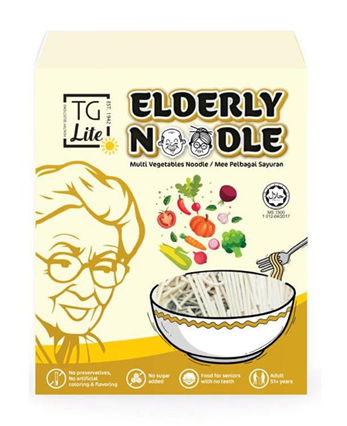Living longer, ageing well: the challenges facing the world's population
As life expectancy increases, the world's population is ageing. According to the World Health Organization, by 2030, one in six people in the world will be aged 60 or over. Ageing, although natural, increases the risk of chronic disease and reduces physical and mental capacity. According to the World Health Organization, a senior is a person aged over 60.
Specific nutritional needs
Seniors are undergoing physiological changes and modifications to their eating habits. This manifests itself in a sensory reduction in taste and a reduction in appetite and can even lead to major undernutrition.
Older people need more protein because of reduced protein reserves. From the age of 70, the ideal macronutrient breakdown is 10-20% protein, 40-55% carbohydrate and 35-40% fat. Vitamin D and calcium are the most important micronutrients for seniors to maintain their bone capital and prevent osteoporosis. Seniors feel less thirsty, which often leads to dehydration. It is recommended that they drink 1.7 liters of water a day. It's also important to maintain a moderate level of physical activity, such as walking.
Seniors' food preferences
People over 65 tend to eat organic, local food and fresh produce (butchers, cheesemongers, fishmongers, etc.). They prefer traditional cuisine and 'no-fat' or 'low-fat' diets suited to their health. Seniors are also looking for easy-to-read labels, clear nutritional information and products that are easy to open and handle.
Oil providing 100% of Omega 3, 6 and vitamin E+DHA/ HUILERIE EMILE NOEL/France

Natural vegetable noodles with easy-to-chew texture for seniors/ TG LITE/ SYARIKAT THONG GUAN TRADING SDN BHD - Website
Malaysia



